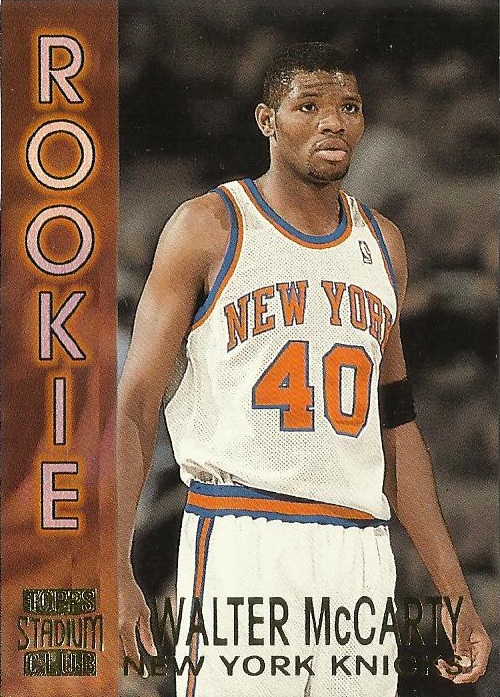This is the first installment of our new “Stat of the Week” series. In each installment of this series, Jon will be examining a non-traditional statistic. Emphasis will be placed on how the Oilers–either as a team or as individual players–rank according to each statistic.
What is Penalties Drawn Per 60 Minutes (PD/60)? PD/60 is the number of penalties drawn (excluding coincidental or misconduct penalties) by a player per 60 minutes of ice time. Or to put it another way, PD/60 is the number of times per 60 minutes that a player gives his team a power play.
Eric Tulsky, in a Broad Street Hockey post published in 2013, concluded that drawing penalties is “a real talent that players possess” (emphasis added). This conclusion is supported by the fact that Nazem Kadri has led the NHL in PD/60 for the last four seasons (minimum 40 games played). Kadri is obviously talented at drawing penalties.
In a previous post on this blog, I gave my thoughts on what kinds of players do well at drawing penalties:
As I see it, three types of players are good at drawing penalties. First, there is the “embellisher” (e.g., Dustin Brown) who dives and feigns injuries. Second, there is the “agitator” (e.g., Corey Perry) who goads players into taking penalties simply by being annoying. Third, there is the “offensive star” (e.g., Claude Giroux) who draws hooking and holding penalties. The reason why Kadri is so good at drawing penalties is because he’s an embellisher and an agitator with offensive skill.
Drawing penalties is also a valuable talent. In the aforementioned Broad Street Hockey post, Tulsky also writes,
With power play conversion hovering at around 18%, the penalties drawn by guys like [Dustin] Brown, [Jeff] Skinner, and Kadri have added something like 8 goals per year to their team’s total.
Eight more goals means a few more points in the standings. That’s a big deal!
So who led the Oilers last season in PD/60? The much-maligned Anton Lander. (He also led the Oilers in PD/60 in 2013-14.) Lander was actually third in PD/60 for the entire NHL! (Connor McDavid was twelfth.)
In the table below, you can find the numbers for Penalties Taken Per 60 Minutes (PT/60) and PD/60 for all the Oilers who appeared in at least 20 games last season. Typically, defensemen draw fewer penalties and take more penalties than forwards.
[table id=9 /]PT/60 is just as important as PD/60. Last season, the Oiler guilty of taking the most penalties per 60 minutes was Zack Kassian (2.0 PT/60)–though that number also includes his time with Montreal. Kassian’s favourite minor penalty to take was roughing (9). Taylor Hall took 26 minor penalties, the highest total among the Oilers.
Travis Yost, in a 2015 article on TSN.ca, states,
The one caveat to drawing penalties as it pertains to goal differentials (and, ultimately, adding wins to the standings) is that the inverse is also true–players who take a lot of penalties cost their team valuable goals. So, drawing penalties has value, but it’s only valuable to the extent that the player does not give those penalties back in the form of penalties against.
When we subtract a player’s PT/60 number from his PD/60 number, we want that number to be positive, not negative–which means the player is drawing more penalties than he’s taking. After doing the math, Lander’s number is +1.1 (1.7 minus 0.6 equals 1.1), which was the best on the team.
Lander’s 2015-16 season was a disappointing one. The only positive for Lander is that he’s shown that he can do a few things well (e.g., faceoffs and drawing penalties). If Lander doesn’t produce offensively this season, will these talents be enough to save his job? Probably not. But at least no one should proclaim that Lander is completely useless as a hockey player.
Add The Sports Daily to your Google News Feed!










